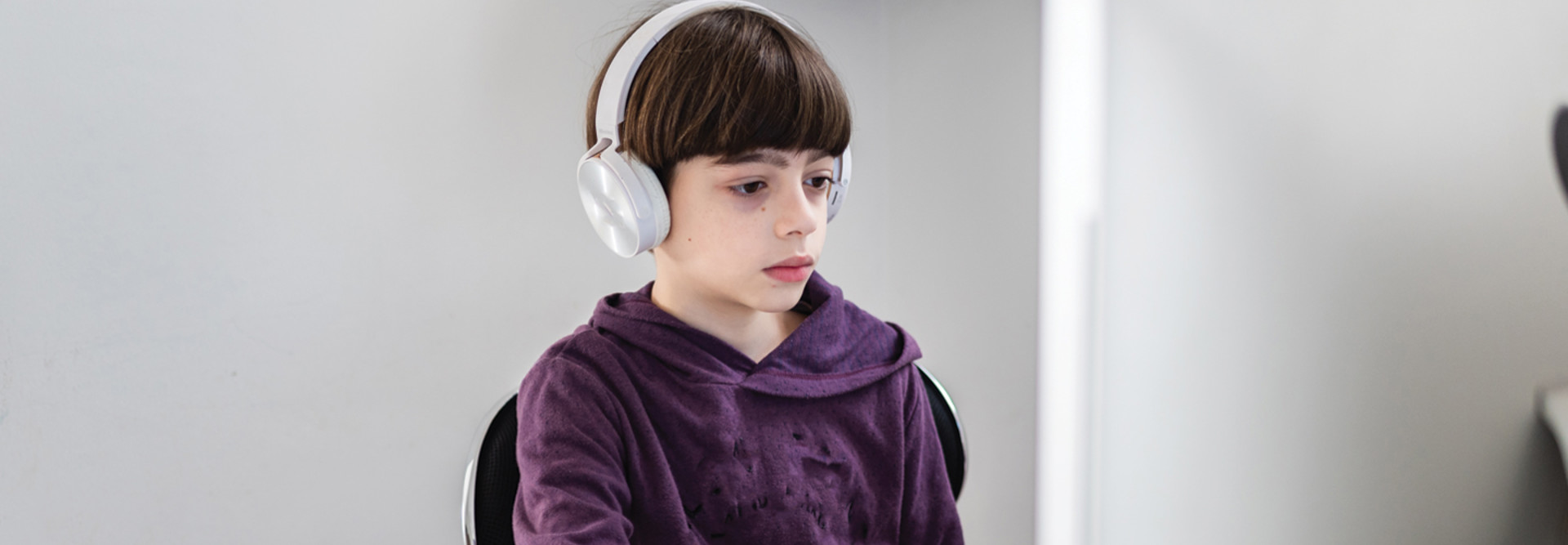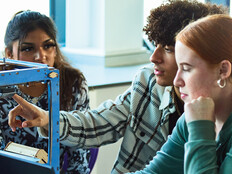Educators Make the Case for Keeping Cameras On
Those in favor of requiring that students keep cameras turned on say it increases engagement, strengthens social relationships and more closely simulates in-person instruction. Many teachers prefer teaching to visible student faces rather than empty or unmoving boxes on Zoom, and 77 percent of educators — including district leaders, principals and teachers — say they require cameras to be kept on during virtual learning, according to an Education Week Research Center survey.
“Educators are constantly paying attention to many, many things. And whether in person or when teaching virtually, such high levels of attentional demand can be draining,” says Andrew Bennett, an assistant professor at Old Dominion University who led a study on videoconference fatigue and the effects of leaving cameras on or turning them off.
The positive social benefits of visualizing students when teaching remotely is also noted in a research article from 2000, long before COVID-19 and mandatory online instruction. The study found that educators felt more effective and more satisfied when they were able to view and evaluate students’ nonverbal responsiveness to their teaching. It also benefitted the intrapersonal connections between the teachers and the students.
Ed Tech Solutions Can Alleviate Camera Concerns
When students don’t keep their cameras on, teachers can still measure engagement and strengthen social bonds using the chat windows and reaction icons in videoconferencing software, Trevor Toteve tells EducationWeek. Toteve, an Advanced Placement U.S. History teacher at Alief Independent School District in Texas, tells the publication that he also uses polls and breakout rooms to see how closely students are engaging with lessons.
Social-emotional growth has been a concern for many families and educators over the course of the pandemic, but educators have found ways to build relationships with their students — with or without cameras.
WATCH NOW: Educators discuss ways to foster social-emotional learning in K–12.
For instance, Laura Boyd, a Spanish teacher at Franklin Special School District in Tennessee, uses the polling feature in Google Classroom to do a daily social-emotional check-in with her middle school students. She says she lets the students choose from options like “good, bad, happy, nervous or sad.”
“Middle schoolers don’t always express feelings like, ‘I’m doing great today,’ or ‘I’m feeling sad,’ so it gives me some relationship-building with the students,” she adds.
Educators Make the Case for Keeping Cameras Off
On the other side of the debate, advocates who say students should be allowed to keep their cameras turned off cite videoconference fatigue, student economic inequities and unreliable connectivity. A recent study by the Stanford Virtual Human Interaction Lab reignited the conversation around student camera requirements. This research found “four consequences of prolonged video chats” that lead to the sensation known as Zoom fatigue. (The researchers stress that this phenomenon can occur on any videoconferencing platform.)
“Being on camera, just like being in person, can also be more taxing because we can feel like we’re always being watched, and therefore we’re paying more attention to our own movement,” Bennett says.












